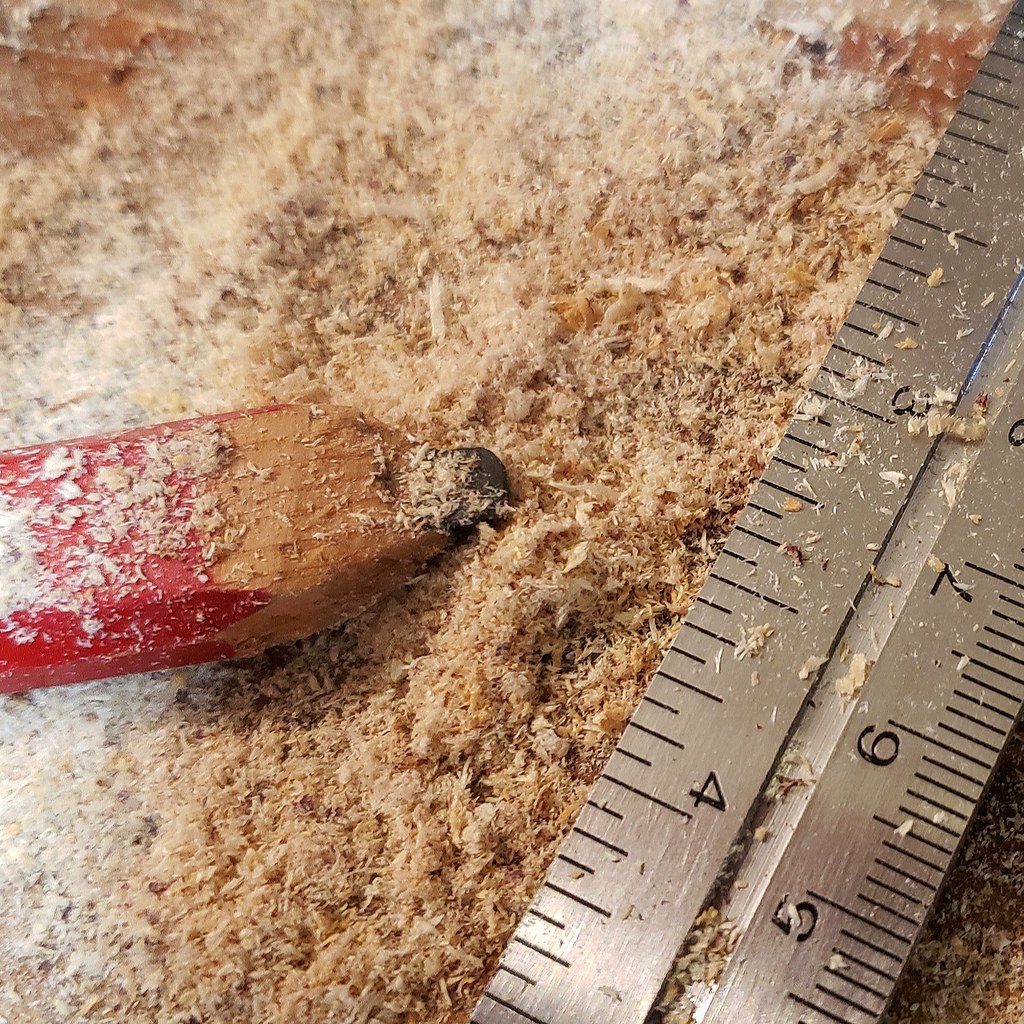
Sawdust, the seemingly innocuous by-product of woodworking and carpentry, often ends up as waste, clogging our landfills and burdening waste disposal systems. But what if we turn this problem around and explore creative ways to dispose of sawdust? Instead of seeing it as mere waste, we can embrace sawdust’s hidden potentials and pave the way to sustainability and creativity.
Understanding how to leverage sawdust not only promotes eco-friendly practices but also stimulates innovation. From gardeners to artists, homeowners to environmental enthusiasts, the creative ways to dispose of sawdust are a fascinating topic with far-reaching applications. Below, we delve into some of these ingenious methods that breathe new life into something otherwise discarded. So, grab your woodworking goggles and let’s embark on a journey to turn sawdust into something splendid!
Reuse as a Composting Material
Composting, a process that transforms organic waste into nutrient-rich soil, offers one of the most rewarding ways to reuse sawdust. Using sawdust in composting is not only environmentally friendly but also a boon to gardeners and farmers.
How to Use Sawdust in Composting:
- Start by mixing sawdust with nitrogen-rich materials like food scraps or grass clippings. This balance helps the composting process by maintaining proper nutrient levels.
- Stir the sawdust into your compost pile or bin regularly to promote aeration and break down the material.
- Avoid using sawdust from treated wood, as it may contain chemicals harmful to plants and soil.
Composting with sawdust does more than just solve the disposal problem; it enriches the soil, supports plant growth, and fosters a cycle of sustainability. Next time you find yourself with a pile of sawdust, consider turning it into black gold for your garden!
Utilizing Sawdust in Art and Crafts
For the artists and crafters among us, sawdust offers a unique medium for creativity. Its texture and versatility make it an inspiring material for various projects. From sculpture to mixed-media art, sawdust can be molded, shaped, and transformed.
Ways to Incorporate Sawdust into Creative Projects:
- Combine sawdust with glue to create a paste for sculpting or modeling.
- Use sawdust as a textural element in paintings or collage work.
- Create decorative ornaments or functional objects with sawdust-based mixtures.
Remember, when working with sawdust in art, safety comes first. Wear protective gear, such as masks and goggles, to prevent inhaling fine particles. Let your creativity flow, but always keep an eye on safety!
Incorporating Sawdust in Gardening and Landscaping
Gardening and landscaping present yet another exciting frontier for utilizing sawdust. A simple pile of sawdust can turn into a valuable asset for your garden, helping to improve soil structure, conserve moisture, and even add a unique aesthetic touch to your outdoor space.
How Sawdust Can Be Used in Gardening:
- Soil Amendment: By mixing sawdust with your garden soil, you can increase its water retention and aeration. This works particularly well for sandy soils that need more structure.
- Mulching: Using sawdust as a mulch around plants can help to conserve moisture, reduce weed growth, and add a rustic appearance to your garden beds.
- Pathways: For a unique and eco-friendly garden path, try using sawdust. It provides a soft and natural-looking walkway that blends beautifully with the surrounding landscape.
When using sawdust in the garden, it’s essential to be mindful of the type of wood it comes from. Avoid sawdust from chemically treated wood, as it can harm plants and soil organisms. Regularly monitor the nitrogen levels in the soil, as sawdust can consume nitrogen during decomposition, potentially affecting plant growth.
Using Sawdust for Cleaning and Absorption
Surprisingly, sawdust has an affinity for cleaning. Its absorbent nature makes it an excellent tool for soaking up spills, especially in garages, workshops, and industrial settings. From the household to the factory floor, sawdust provides a natural, economical solution to a messy problem.
How to Use Sawdust for Cleaning and Absorption:
- Oil Spill Cleanup: If you’ve spilled oil or other liquids on a hard surface, sawdust can come to the rescue. Simply sprinkle the sawdust over the spill, allow it to absorb the liquid, and then sweep it up.
- Garage Floor Cleaning: Sawdust can be a great friend to the home mechanic. Spread it over grease stains, grind it in with your foot, and let it absorb the mess before sweeping away.
- Odor Control: For areas prone to unpleasant odors, like pet areas or trash bins, sawdust can help. Its natural absorbing properties can trap and neutralize odors, keeping spaces fresh.
Remember, when using sawdust for cleaning purposes, always handle it with care to avoid inhalation or eye contact. Wearing protective equipment and practicing proper disposal techniques can help ensure that your sawdust cleaning solutions are both effective and safe.
Conclusion
The journey through the creative ways to dispose of sawdust has revealed a world of possibilities that extend far beyond mere waste management. From nurturing gardens to inspiring art, sawdust proves to be a versatile and valuable resource that invites innovation and responsibility.
Whether you are a gardener seeking to enrich your soil, an artist exploring new mediums, or simply someone passionate about eco-friendly practices, sawdust offers a plethora of opportunities to explore. Reimagining sawdust as something more than waste is not just a creative exercise; it’s a commitment to sustainability and a step towards a greener future.
By embracing the methods outlined in this article, you can turn sawdust into a useful and environmentally friendly resource. Let’s continue to challenge our perceptions, discover new solutions, and creatively engage with the materials around us. After all, today’s sawdust could be tomorrow’s masterpiece or garden’s delight!
